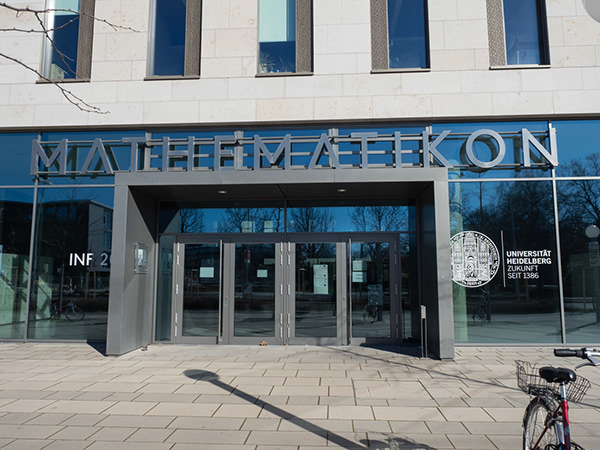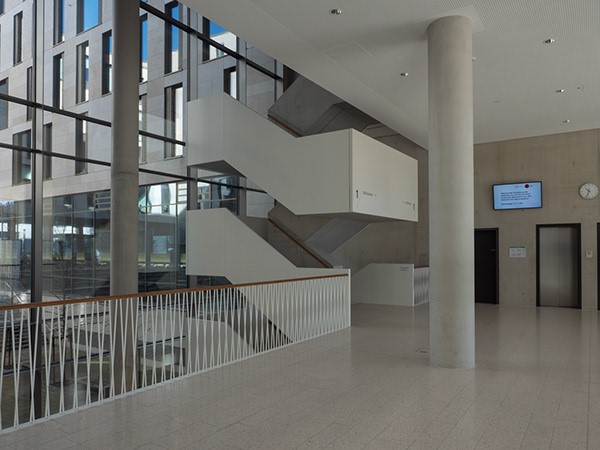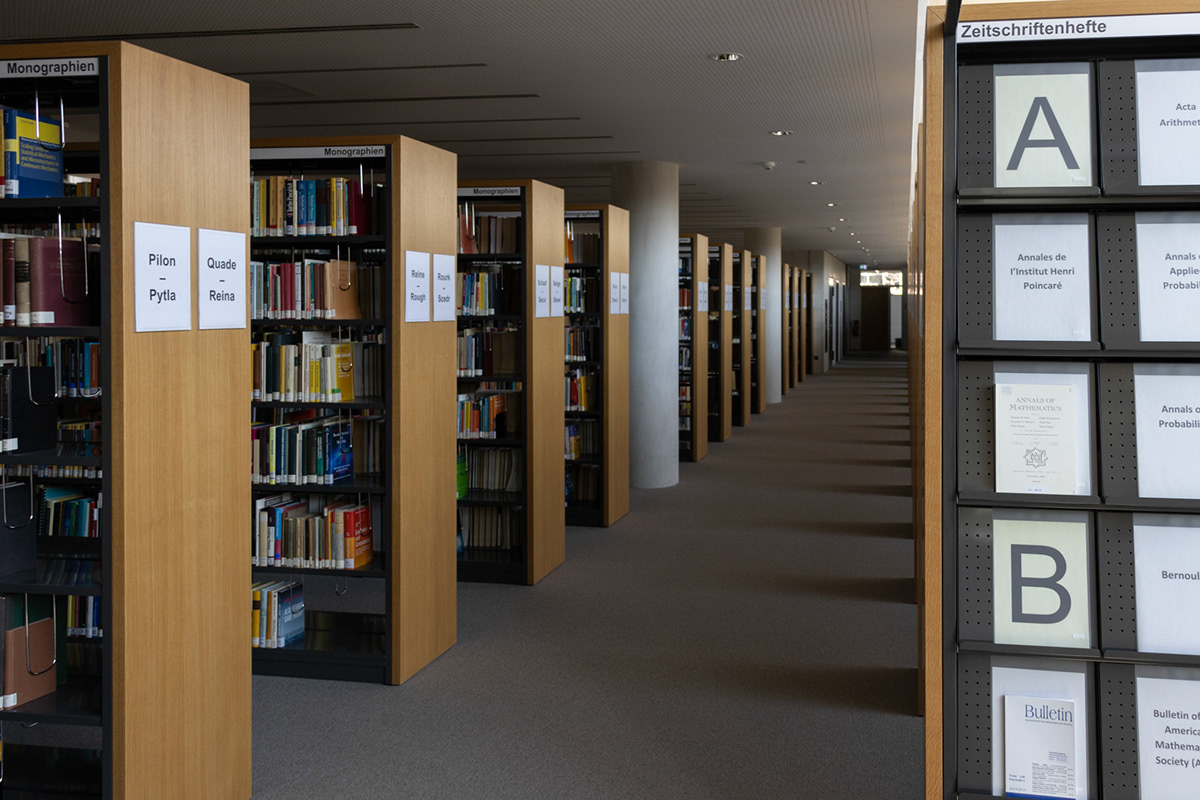
Machine Learning and Image Analysis
Heidelberg University is among the leading institutions for machine learning and image analysis in Germany. Our research is characterized by its close relation to the natural and life sciences. We are also proud of our close connections to industry, which include the long-standing industry-on-campus project HCI and several AI-related start-ups originating from our groups. Many of our fundamental investigations are inspired by questions arising from our collaborators' applications, for example to establish new imaging modalities and to enable new analysis types in biology and medicine. Another focus lies on the design of reliable and interpretable machine learning methods that will eventually be equipped with empirical and mathematical performance guarantees. These efforts shall lay the foundations for machine learning to be trusted in safety-critical scenarios and to become a novel paradigm of scientific inquiry itself.
Machine Learning for Image Analysis
Image data abound in many fields, from autonomous driving to medical diagnosis. For the last decade, progress in image analysis has been defined by deep neural networks, which continuously raise the state-of-the-art in image classification, object segmentation and tracking. The figure illustrates a major success of this work: the nnU-Net, a segmentation architecture that can configure itself for a wide variety of tasks and was thus able to win dozens of official benchmark challenges without any manual finetuning for different problem settings. Other research projects address advanced diagnostic modalities for medicine, e.g. photo-acoustic imaging and diffusion-weighted magnetic resonance tomography, and the automated analysis of microscopic data, e.g. the classification and tracking of dividing cells in microscopic videos, but also the interpretation of complex real-world scenes in the context of computer vision. A central theme in all these efforts is interdisciplinary research: Many of our scientific questions are inspired by unsolved problems in medicine, biology, neuro science, physics, psychology and so forth, and our solutions are stress-tested in challenging applications from these fields.
Trustworthy Machine Learning
Despite all its successes, machine learning cannot yet be applied to safety-critical scenarios like autonomous driving and automated medical diagnosis, because there are no guarantees that deep networks work properly in all circumstances. The figure illustrates a common challenge, here resolved by one of our invertible neural networks: Many problems – for example, the colorization of a grayscale image – do not have a unique answer. Trustworthy networks must be able to recover the full diversity of possible solutions and provide reliable assessments of their plausibility, an ability known as uncertainty quantification. Another road we are pursuing is to place network architectures and training procedures on firm mathematical ground by investigating their relations to Bayesian statistics, information theory, geometry, and large-scale optimization. Moreover, we design new protocols for the experimental validation of machine learning results, new methods for the economic creation of ground-truth data for validation reference, and user-friendly software libraries for the easy reproduction and application of our findings in practice.
Research Groups and Principal Investigators
We welcome students that want to dig deeper into machine learning and its numerous applications. Our master and PhD programs teach you essential and advanced knowledge and skills to solve machine learning and image analysis problems on your own and to pursue successful carriers in both academia and industry. The following short profiles lead you to the different research groups and give more detailed information about our activities.
Mathematical Image Analysis, Dynamical Systems for Machine Learning and Data Analysis, Continuous and Discrete Optimization

New Imaging Modalities, Precision Medicine, Method Validation

Deep Learning and Biomedical Image Analysis, Precision Medicine, Semantic Segmentation, Object Detection, Unsupervised Learning, Probabilistic Modeling

Computer Vision, 3D Reconstruction, Image Synthesis, Video Conferencing

Invertible Neural Networks, Bayesian Inverse Problems, Explainable and Trustworthy Machine Learning, Feature Discovery

Large-scale discrete optimization, graphical models, assignment and tracking, learning in combinatorial problems

Biomedical Image Analysis, Cell Microscopy and Medical Images, Deep Learning, Model-Based Methods

Machine Translation, Conversational AI, Statistical Methods

Mathematical Imaging, Convex Optimization, Learning by Assignment Flows, Sparse representations in Inverse Problems







